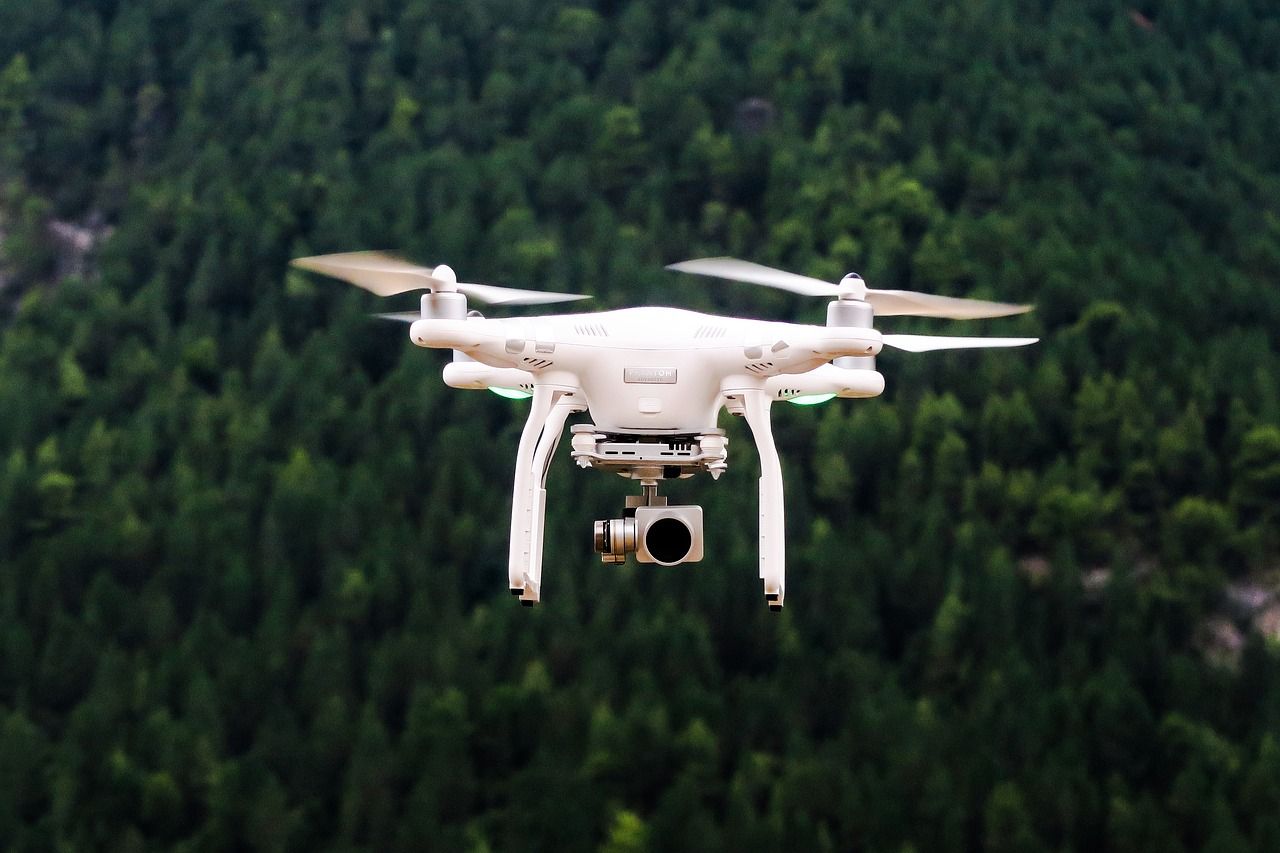The FAA has awarded a total of $2.7 million to support research on using unmanned aerial systems (UAS/drones) to assist in disaster preparedness and emergency response operations. The funding will go to five universities including the University of Vermont, the University of Alabama Huntsville, New Mexico State University, North Carolina State University and Kansas State University. According to the agency, the research will focus on coordination procedures between drone operators from federal agencies along with state and local disaster preparedness and emergency response organizations.
“Every second counts in an emergency, and this funding will allow drones to safely and more quickly deploy in moments when minutes matter,” said acting FAA Administrator Billy Nolen.
The grants are the third round to come from the FAA’s Alliance for System Safety of UAS through Research Excellence (ASSURE), which is one of six Centers of Excellence established by the agency to “help advance technology and educate the next generation of aviation professionals.” To date, ASSURE has awarded $21 million, divided among 20 grants, for fiscal year 2022. The FAA noted that research conducted through ASSURE is aimed at “helping the drone community safely grow and integrate into the nation’s airspace.”




































Don’t think five university committees will do much, other than get a nice budget line for the departments involved.
Most fire brigades already have drones in every response vehicle — and have found that most of the time they are useless, in fact worse than useless because they take one trained fire fighter from the emergency to fly the thing. Most stay in their little satchels from one call out to the next.
But just occasionally they prove their worth, finding hot spots under roofs which might have been missed, and even once, finding missing kids who were hiding in the woods after being frightened.
Last thing drones need is a thick check list which needs to be followed or their operation is not legal.
Great response. Drones are widely used already. If they have value they’d already be in use for emergency purposes and without wasting more tax dollars at woke colleges.
Exactly right John, $2.7 mil seems a bit of overkill, even split 5 ways. I doubt Ukrainian amateur drone operators spent even a significant fraction of that amount to convert off the shelf drones into very effective weapons of war operating in contested airspace as they have.
Even for quick surveys of large natural disasters where they might be of more use is $2.7 mil a reasonable figure? BTW, I’m betting it will get spent and the reports written long before we see a 100LL replacement approved.
Indeed.
Over here, collaboration between rescue agencies and UAV makers might be more productive.
Include education of purchasers and users, such as safety, redundancy (crashing into dry forest won’t help people needing rescue when UAV shorting starts forest fire), return to base default, …
(I know of a photographer who regularly used a modest UAV outside of populated areas, lost it for some reason (likely either failure or hit a tree in a swamp.)
Hey! let’s get some money for us too… why not? tax payer money is to squander anyways!
Here’s a thought; If the drones are so useful in emergency situations, why not have the drone manufacturers fund the research? After all, they will be the main benefactors of the studies anyway.
Nailed it!
Regardless of views on taxpayer funded research, would you trust research funded by a company already making a product? There’s a strong financial incentive to show your product is beneficial without drawback. Haven’t we seen enough of that lately?
What a colossal waste of taxpayer money.The locals down here in hurricane country are already experts in drone search.Probably some FAA types want to give money away to the schools they attended or their kids go to.